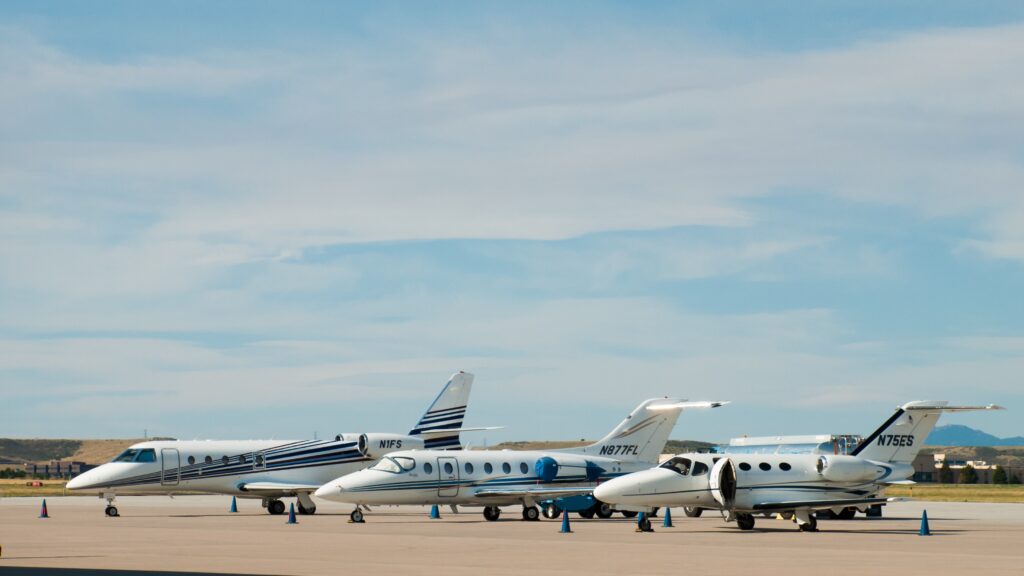Gone are the days when aviation departments sort through a huge stack of resumes for pilots—though a few still do. Nowadays, good pilots seem to be hard to find. And the realities of a pilot shortage are finally starting to affect the aviation industry.
According to a Reuters article, high pilot training costs and “several years of earlier hiring freezes in markets like the United States and Australia” have forced flight departments into a “bidding war” of sorts.
“There is not so much a shortage of pilots as a rising cost of attracting and retaining the pilots you need, particularly the experienced ones,” said Andrew Herdman, director general of the Association of Asia Pacific Airlines.
However, by our math, the numbers of pilots retiring exceeds the number of new entrants—with an increasing demand. To us that signals a shortage—and if the airlines are feeling it, general aviation will be too.
Reuters reported that airlines are being forced to increase their pay, due in large part to foreign competition, where airlines are offering salaries of up to $314,000, tax free. The Middle East is attracting many foreign pilots, according to Dan Adamus, president of the Air Line Pilots Association Canada, who estimates that “about 1,000 Canadian pilots are flying for carriers overseas such as Emirates.”
Flying Mag mentioned rapidly rising compensation packages that regional airlines are now offering as a sign of the times, explaining that first-year First Officers at several carriers are being paid more than $60,000 annually, and they’re also offering to provide financial assistance during training.
“The programs offered by Envoy Air and Mesa, GoJet, SkyWest, and ExpressJet, in partnership with ATP Flight School for example, provide tuition reimbursement while training, and additional payments while working as flight instructors to build the hours required for an ATP license. At least ten regionals offer $11,000 or more in tuition reimbursement at ATP Flight School,” Flying Mag reported.
Regional airlines are also starting to offer signing bonuses, according to Flying Mag, that are typically around $20,000
“Horizon Air, which had to cancel about six percent of its flight schedule this summer due to a shortage of pilots, has gone on a recruitment drive, and now offers a $20,000 signing bonus, while PSA offers a $21,560 signing bonus. Retention bonuses, like Endeavor Air’s $20,000 payout, are also increasingly common,” Flying Mag reported.
The pilot shortage that’s affecting commercial and private aviation is affecting the military, as well, as fighter pilots are leaving the military in droves for cushier, better-paying jobs in commercial and private aviation.
The Daily Press reported that the military has been offering financial incentives to pilots who opt to remain in the military. Specifically, “the Defense Department offers two kinds of financial incentives for pilots that are designed to help with retention. One is aviation incentive pay, a monthly bonus pilots receive on top of their normal pay, based on their years of experience that can’t exceed $1,000 a month. The other is a retention bonus when there’s a gap or a projected gap among officers in critical areas.”
“Most mainline airlines are paying first officers who have been with them for two to three years between $125,000 and $150,000 a year, the GAO reported. In comparison, a military pilot would receive about $107,000 to $121,000 at the 10th and 11th years of service, and the following year they’d be eligible for an aviation retention bonus,” the Daily Press reported.
In order to compete with the airlines and private flight departments, the armed forces are taking further steps to improve the livelihood of their pilots in addition to increasing their pay, which the Daily Press said includes “increasing flying time, giving pilots more flexibility in where they’re stationed, more career flexibility, and finding ways to spend less time deployed for some.”
General aviation flight departments are beginning to awaken to a reality that pilot salaries, bonuses and flexibility are changing. What are you doing to adapt?
[ulp id=’ksrvpykbSKmvluGu’]





